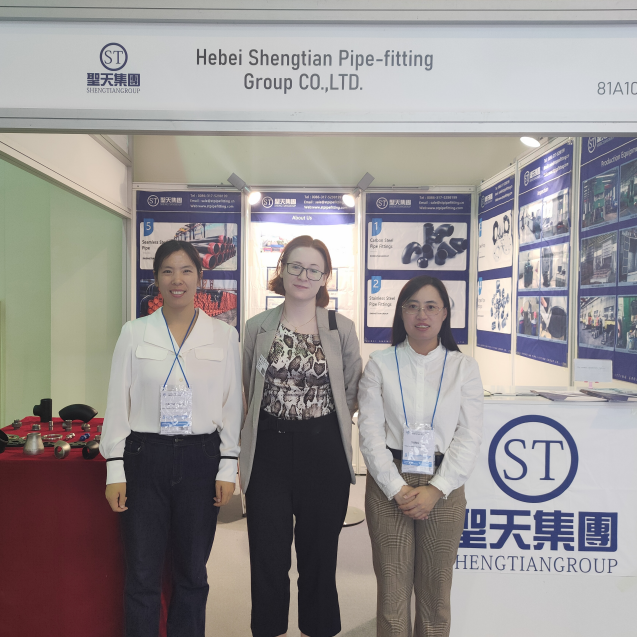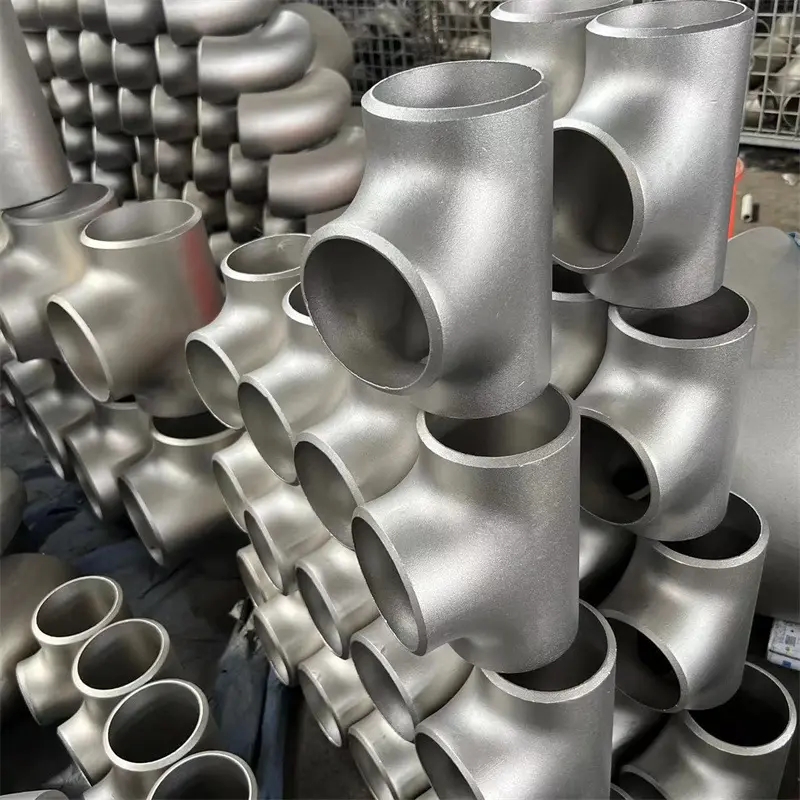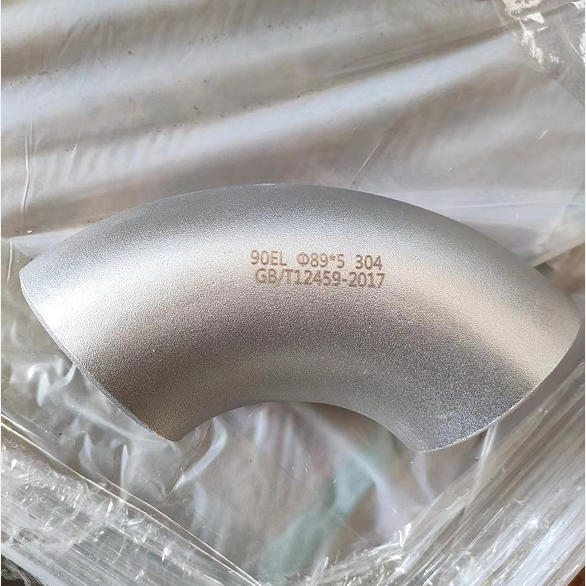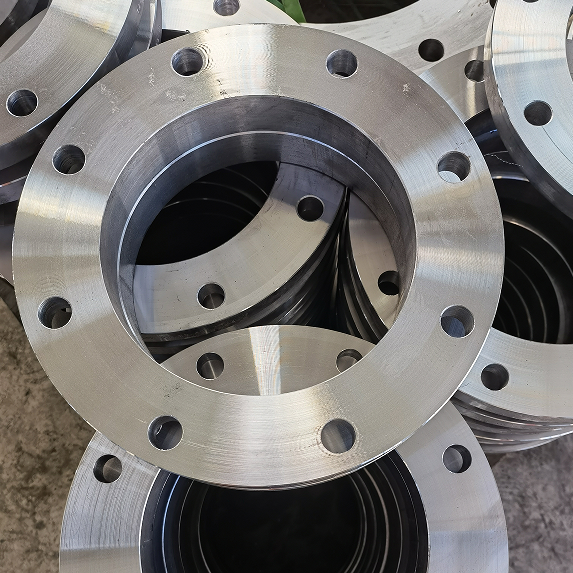Our manufacturing process is highly sophisticated and is divided into various departments supervised by experienced industry experts. We use only quality raw materials that are procured from only established and reliable vendors. We have adopted rigorous quality control practices and procedures to ensure the production of only quality products matching industry standards and parameters.
The manufacturing process of flange mainly is divided into forging, casting, cutting and rolling.
The casting and forging flanges have advantages that the blanks of them have accurate shape, size and low costs and only need simple process. But forging flanges have manufacturing defects such as blowholes, cracks, etc and have not very smooth internal organization streamline. The obvious advantages of forging flanges are that they can be forged in various shapes and they have low costs.
Forging flanges generally have lower carbon content than the casting flanges and are not easy to rust. They have smooth streamline, uniform internal organization, and better mechanical performance than that of casting flanges. There are no defects, such as blowholes and cracks existing in the casting flanges. Forging flanges are able to withstand higher shear and drawing forces than casting flanges. However, if adopting improper forging process, it will also cause appearance of large, uneven grains and solidification cracking phenomenon, resulting in higher cost than the casting flanges.
We can distinguish between the casting flanges and forging flanges from the different production process. To take the centrifugal flange as an example, it is a kind of casting flange. Centrifugal flanges are produced by a precision casting method, which makes the flanges’ organization smaller than those commonly produced by sand casting and improves the quality of flanges, making fewer occurrences of loose tissue, pore, sand hole etc.
Cutting process refers to producing flanges by directly cutting a round plate with the inner diameter, outer diameter and thickness which can be further processed later from the middle plate, and then processing the bolt hole and waterline. The maximum diameter of such flanges is limited by the width of the middle plate.
Rolling process refers to producing flanges by cutting stripes from the middle plate and then rolling them into round shape. This process is mainly used for the production of large flange. After the rolling process, weld and then flatten the round shape, and finally process the serrated spiral finish and bolt hole.
 Shengtian Group successfully participated in the Russian Oil and Gas Exhibition
Shengtian Group successfully participated in the Russian Oil and Gas Exhibition
 Production process of stainless steel tees
Production process of stainless steel tees
 ASME B16.9 Stainless Steel Elbow Dimension
ASME B16.9 Stainless Steel Elbow Dimension
 The processing method of flanges
The processing method of flanges